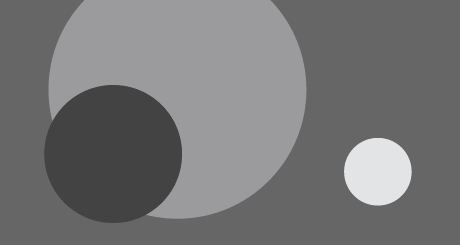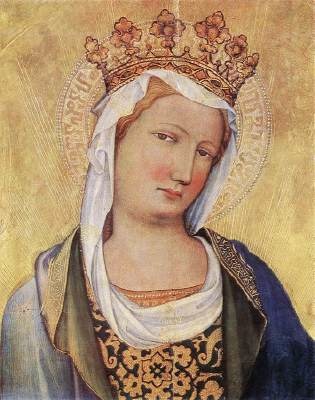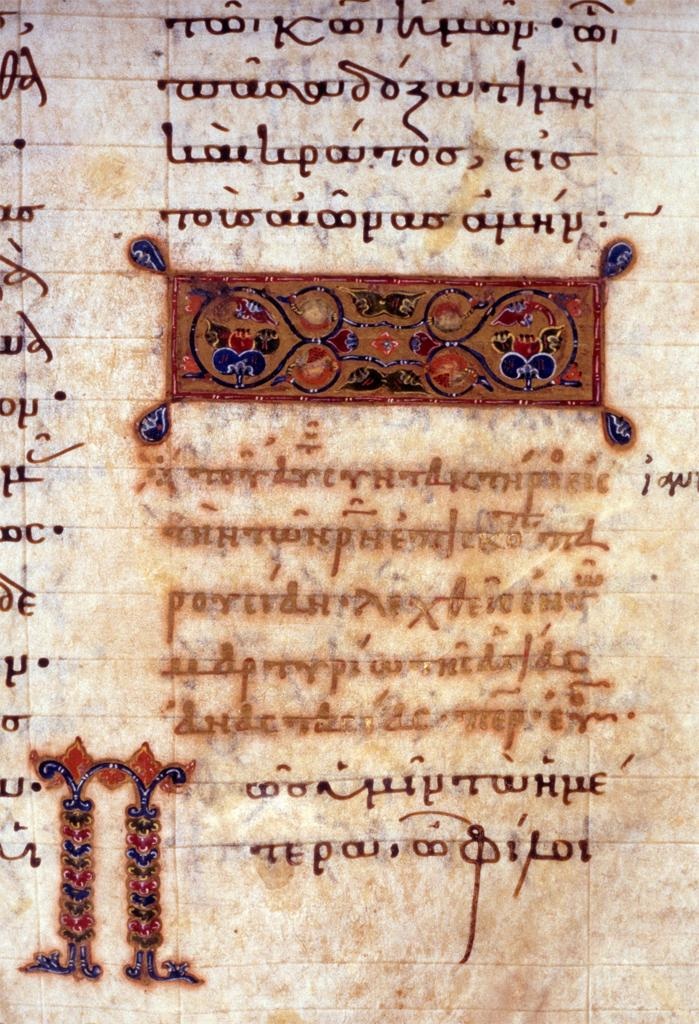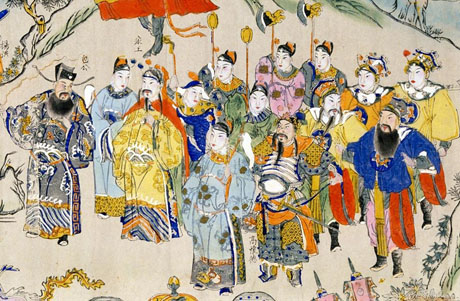Design Principles: Focal Point
A focal point is the most visually interesting area of the composition. There can be multiple focal points, within a composition, organized in a hierarchy of dominant to subordinate.
The human eye is always drawn to the area of greatest contrast—it can’t help it. An artist can create focal points using contrast in the following ways:
1) Value—The area which has the greatest contrast between dark and light will automatically become a focal point.
2) Shape—If a composition was made of geometric squares, and a circle was added, the circle would become a focal point.
3) Size of Shape—If a composition was made of large shapes and a single small shape was added, the small shape would become a focal point.
4) Texture of Shape—If a composition was made primarily of rough shapes and a smooth object were added, the smoothe object would become a focal point. Even in an abstract composition, the subordinate texture becomes the focal point.
5) Color—With the three inherent properties of color (value, saturation, and temperature), color becomes useful in creating a focal point.
—Value has been addressed above.
—Saturation. The area of within a painting with greatest color saturation will become a focal point.
—Temperature. If a painting were predominantly cool (blue) and a warm area (orange) was added, the warm area would become a focal point and vice versa.
6) Subject—The subject of the composition will generally always be a focal point, e.g. people, animals, still-life objects, etc.
“The human eye is always drawn to the area of greatest contrast—it can’t help it.”
Placement
Where an artist places objects within the format helps determine them as focal points (e.g. golden section, center, isolation, etc.).

Placing the small light circle on the right, draws our attention to that area of the design, creating a focal point by isolation and value.

Renaissance painters intentionally placed the Virgin Mary in the center of their formats to create a very formal mood and to immediately make her the center of compositional and theological interest.
Because different cultures read the printed page in different directions (top to bottom, left to right, right to left, etc.), art is viewed the same. The artist can therefore guide the viewer to a pre-determined order of the focal points.

This Hebrew writing is read from right to left, top to bottom. Notice how the image in the lower left corner 'stops' the reader.
